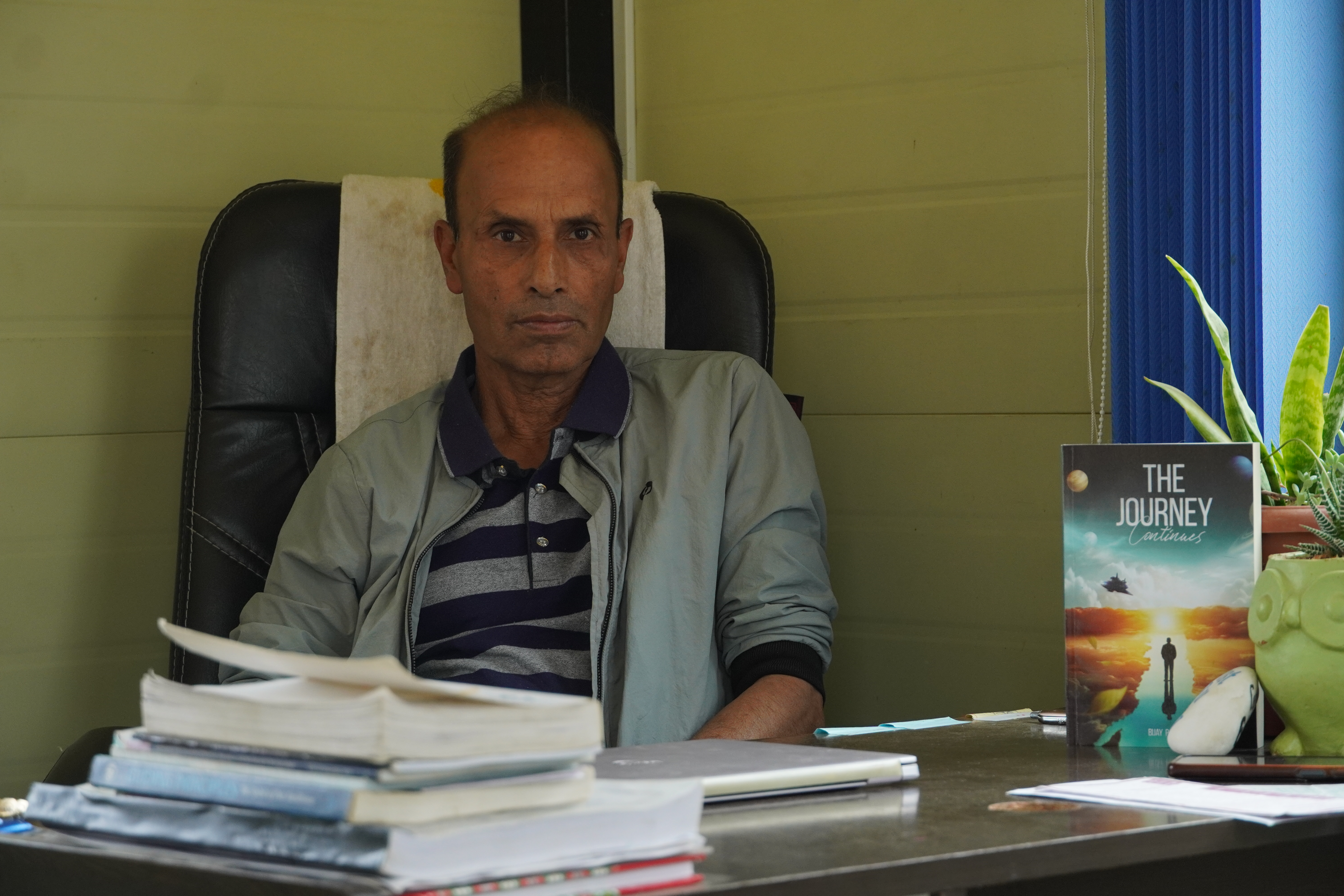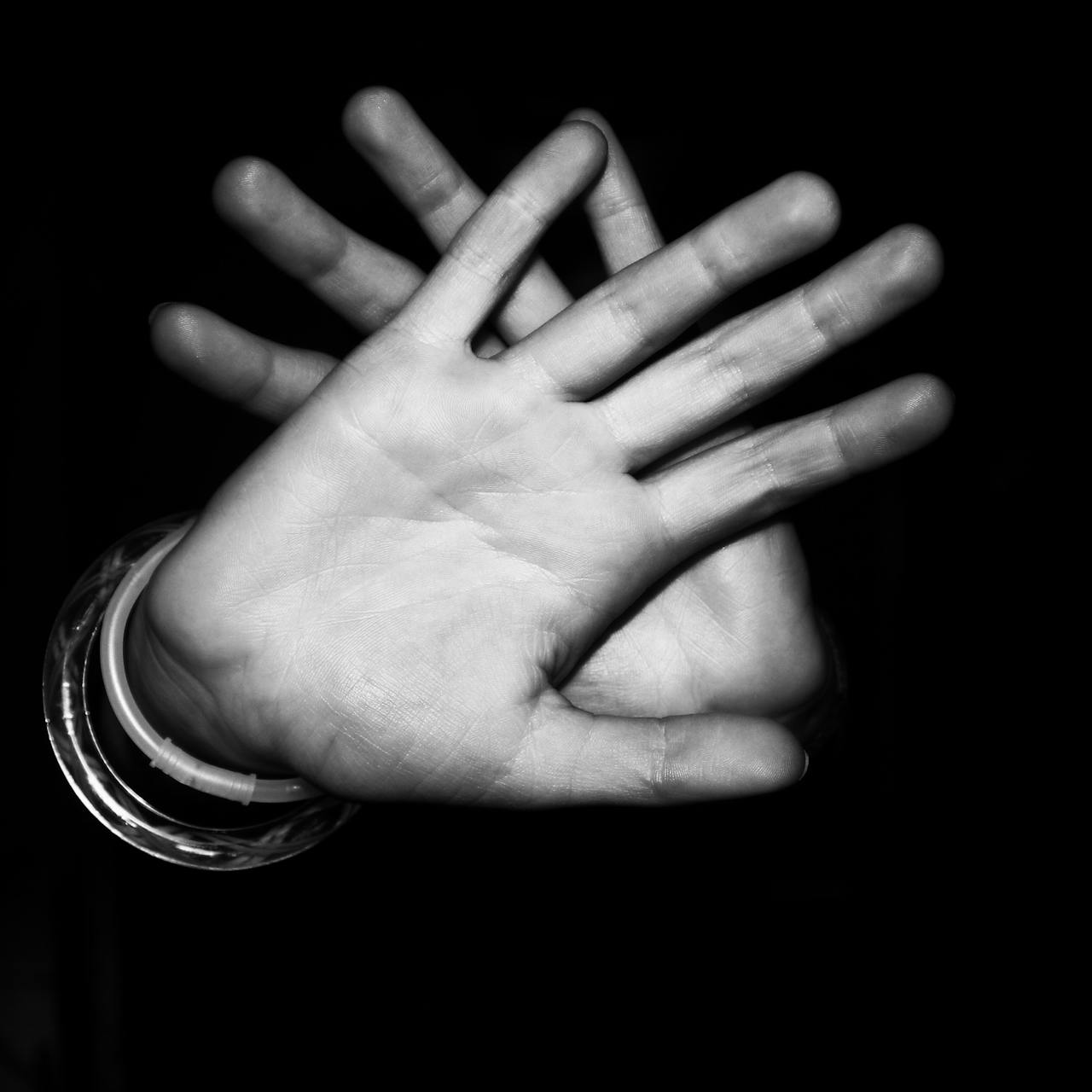
After 20 years of launching his debut book, The Journey of Recovery, on January 6, Bijay Pandey released its second edition, The Journey Continues. Both of Pandey’s books are designed for drug addicts, to aid recovery.
“This revised version is an improvement of the original,” says Pandey, “I have made additions and corrections where necessary and attempted to make it more attractive by transforming it into a workbook.”
Pandey further explains that when he wrote the first edition, he had limited knowledge and experience about drugs and recovery. However, after working in this field for 25 years, he now has many insights to share that were missing in the first edition.
Additionally, the high demand for the second edition encouraged him to write The Journey Continues. It took Pandey six months to complete the second edition.
Pandey, who is also a founder of Naya Goreto, a rehabilitation centre based in Lalitpur, had been a drug addict for a long time, struggling with addiction for 12 years. The realisation that rehab centres lacked textbooks propelled him to write a book.
During his stay in rehabilitation centres, Pandey used to take notes on what he learned in classes. Later, when he went to the Kripa Foundation in India for rehabilitation training, he continued making notes. One day, while cleaning his room, he found a lot of these notes. Unsure what to do with them, a colleague suggested he compile them into a book.
Pandey had been an avid reader since his school days and had always dreamed of writing a book. Motivated by this dream, he began researching the content and eventually launched his book.
The book was well received by everyone.
Pandey recalls that rehabilitation used to follow punitive methods to treat addicts. The treatment was lecture-based and limited to activities like yoga and meditation. Pandey always opposed these kinds of treatments because they were never effective. He wanted to change the scenario by writing a book.
Regarding his book’s effectiveness, Pandey says that he has met many people who have recovered from addiction by reading his books. Another source of pride for Pandey is that over 300 rehabilitation centres across Nepal now teach from his book.
Pandey designed the course for the first edition from his experience and the notes he took but for the second edition, he has employed a different approach.
“This time I have designed the course from the numbers of focus group discussions that were held with addicts,” he says, “From their input, the course was designed.”
The young generation is smart. Their questions and curiosity during the classes and discussion were my primary sources to design the course, he adds.
A personal side
Born and raised in a decent family, Pandey got into drugs when he was 19.
The feeling of being abandoned after his parents had to move far away for work contributed to his drug use. He had always been good at studies since his school days, scoring first division in the School Leaving Certificate (now SEE), which was a significant achievement back then.
He wanted to study agriculture, but there was social pressure to pursue either medicine or engineering.
“The frustration of not being able to pursue the subject of my choice is another factor that led me to drugs,” says Pandey.
The first time he got clean was in 1998, but in 2011, he had a relapse for a year. From 2012 onwards, he has remained clean. The date January 6, when he launched his book, is also the day he became free from drugs.
About addicts

Most of the addicts come from middle-class families. Children from middle-class families do not get enough money that fulfil their desires.
“They might want to travel, go to clubs, or do fun activities, but their parents are reluctant to spend money on these due to financial limitations,” says Pandey to Onlinekhabar. “This causes a void, which they try to fill by taking drugs.”
“The upper class does not have to go through such problems because their parents easily fulfil their desires,” he adds.
According to Pandey, the younger generation feels pressured to achieve something. They watch movies, get influenced by lavish lifestyles, and perceive a huge gap between their reality and what they see. Unable to bridge this gap, which they consider painful, they turn to drugs as a reaction.
“They take drugs as a painkiller,” he says.
The similarities among the druggists, according to Pandey, is most of them are either raised in hostels or their relative’s house. Similarly, bullying in schools is also a triggering factor among children that leads them towards drugs.
Avoiding mechanism

Pandey suggests that every school should hire a counsellor to teach students how to avoid drugs. The counsellor could encourage students to be open and share things with their family or friends.
“There are many options besides doing drugs that students can explore to overcome their pain and frustration. All they need is proper guidance,” says Pandey, “Sports, music and travel are some of the options.”
Pandey also says that different entities should handle prevention and treatment. In Nepal, former addicts often take classes in schools and other organisations regarding drug prevention, which Pandey finds inappropriate.
“The addict should not work in prevention. They unintentionally glorify their bad days, which creates curiosity among children about drug usage,” he says.
Lastly, Pandey urges the government to take the issue of drug addiction from the public health approach.




















